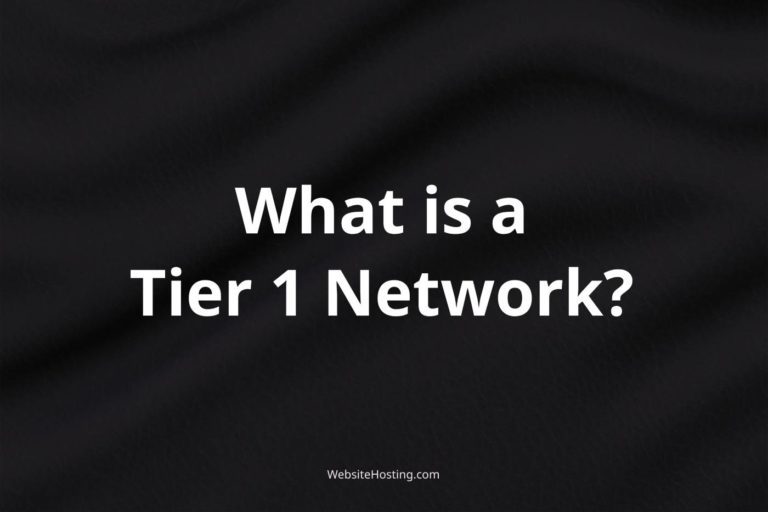Data transfer is an important factor to consider when choosing a web hosting plan. It refers to the amount of data that is transferred between a website’s server and its users over a given period of time. In this article, we’ll explore what data transfer is, how it affects web hosting, and what you can do to manage your data transfer limits.
What is data transfer?
Data transfer refers to the amount of data that is transferred between a website’s server and its users over a given period of time. This includes all website content such as text, images, videos, and files.
How does data transfer affect web hosting?
Data transfer can impact web hosting in several ways. If a website exceeds its data transfer limit, it can result in slower page load times, outages, and other performance issues that can negatively impact the user experience. Additionally, some web hosting providers may charge extra fees or even suspend service if a website exceeds its data transfer limit.
What can I do to manage my data transfer limits?
There are several steps you can take to manage your data transfer limits, including:
- Optimize your website’s files and content to reduce their size and improve performance
- Use a content delivery network (CDN) to distribute your website’s content across multiple servers
- Choose a web hosting plan with a data transfer limit that meets your website’s needs
- Monitor your website’s data transfer usage regularly to identify any issues or potential overages
- Consider upgrading to a web hosting plan with higher data transfer limits if your website’s traffic and needs grow
Data transfer limits in web hosting can vary widely depending on the hosting provider and plan. Some common data transfer limits are 50 GB per month, 100 GB per month, and Unlimited data transfer.
Related terms:
- Bandwidth
- Latency
- Packet loss
- Content delivery network (CDN)
- Web hosting plan
- Data usage
- Web traffic
- File size optimization
- Network congestion
- Server load
Notable brands:
- Bluehost
- SiteGround
- HostGator
- DreamHost
- GoDaddy
Common questions about data transfer for web hosting:
How much data transfer do I need for my website?
The amount of data transfer you need depends on your website’s content and traffic. You can estimate your data transfer needs based on your website’s file sizes and expected monthly traffic.
Can I monitor my data transfer usage?
Yes, most web hosting providers offer tools to monitor your data transfer usage so you can stay within your limits.
What happens if I exceed my data transfer limit?
Exceeding your data transfer limit can result in slower page load times, outages, extra fees, or even service suspension. It’s important to choose a web hosting plan with a data transfer limit that meets your website’s needs.
How can I optimize my website’s files and content to reduce data transfer?
You can optimize your website’s files and content by reducing their size, compressing images, and minimizing unnecessary content.
What is a content delivery network (CDN), and how can it help with data transfer?
A CDN is a network of servers distributed around the world that can help distribute your website’s content and improve data transfer by serving content from the server closest to the user. This can help reduce the amount of data that needs to be transferred between the website’s server and its users, improving performance and reducing the risk of exceeding data transfer limits.




